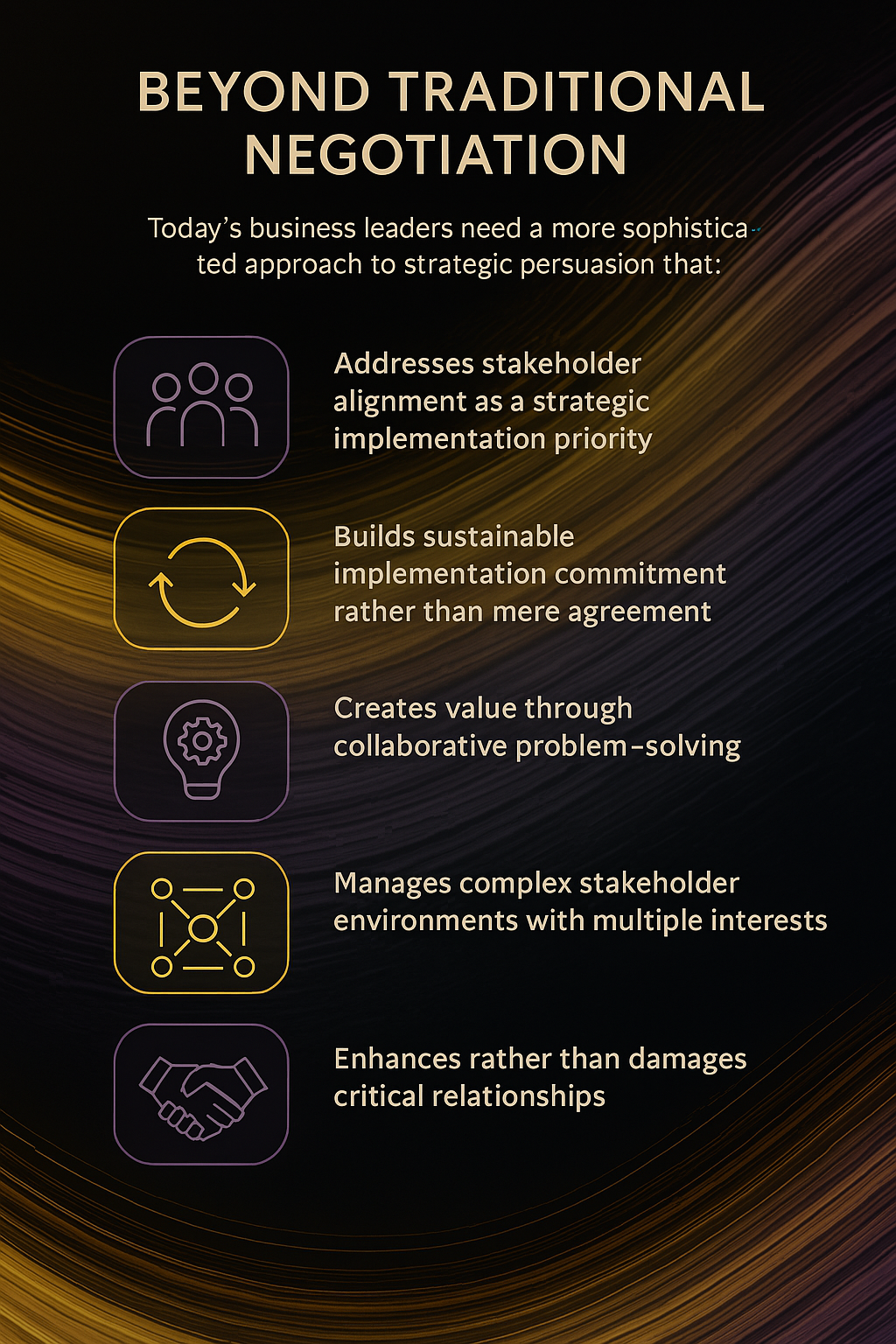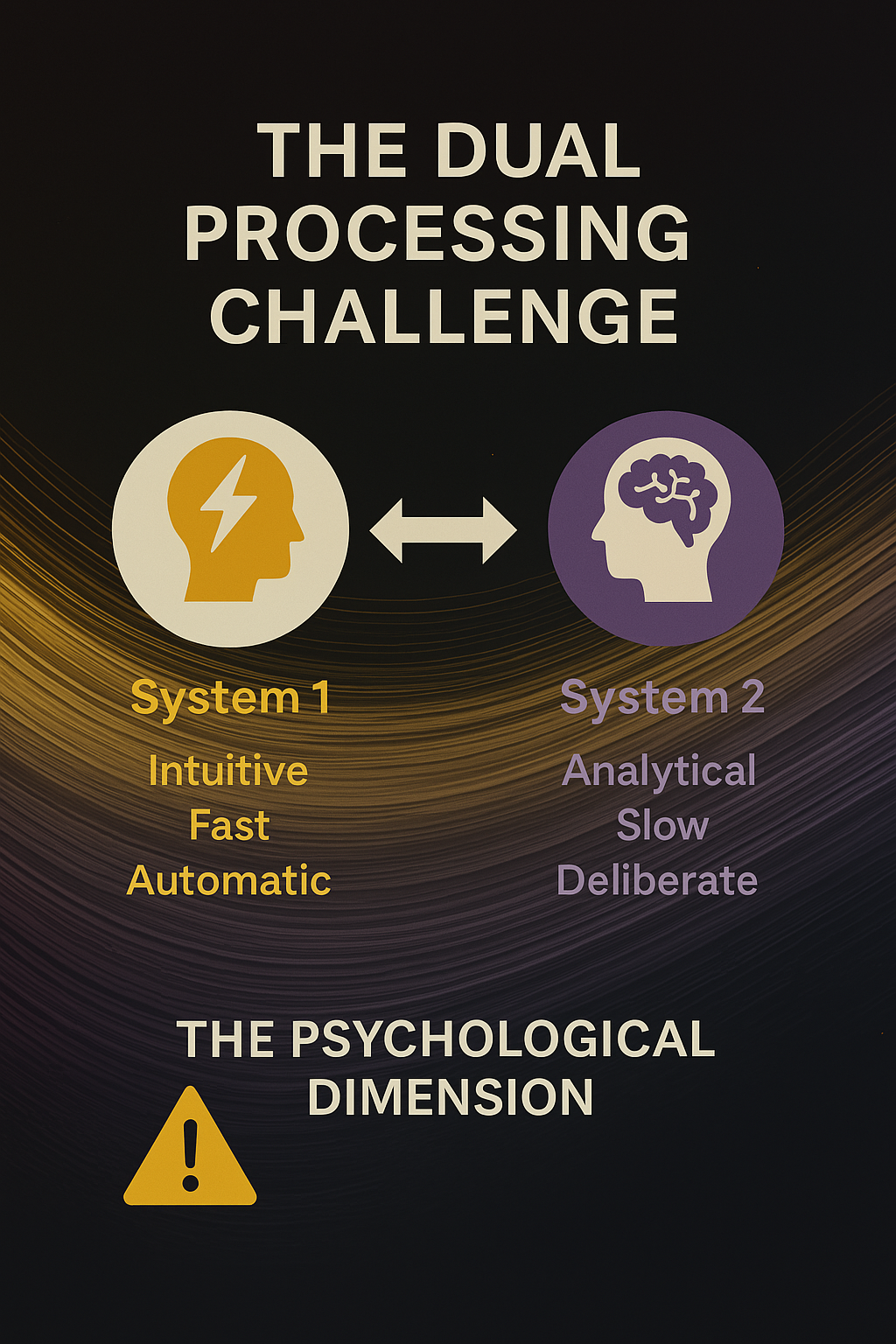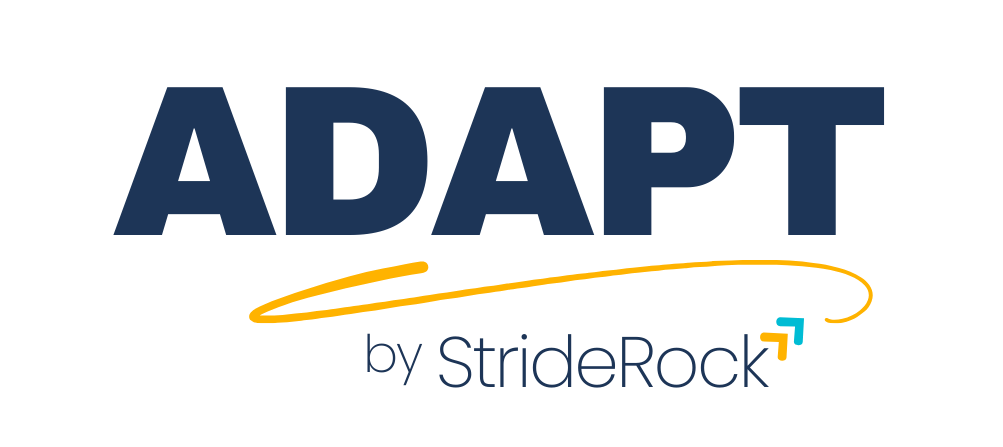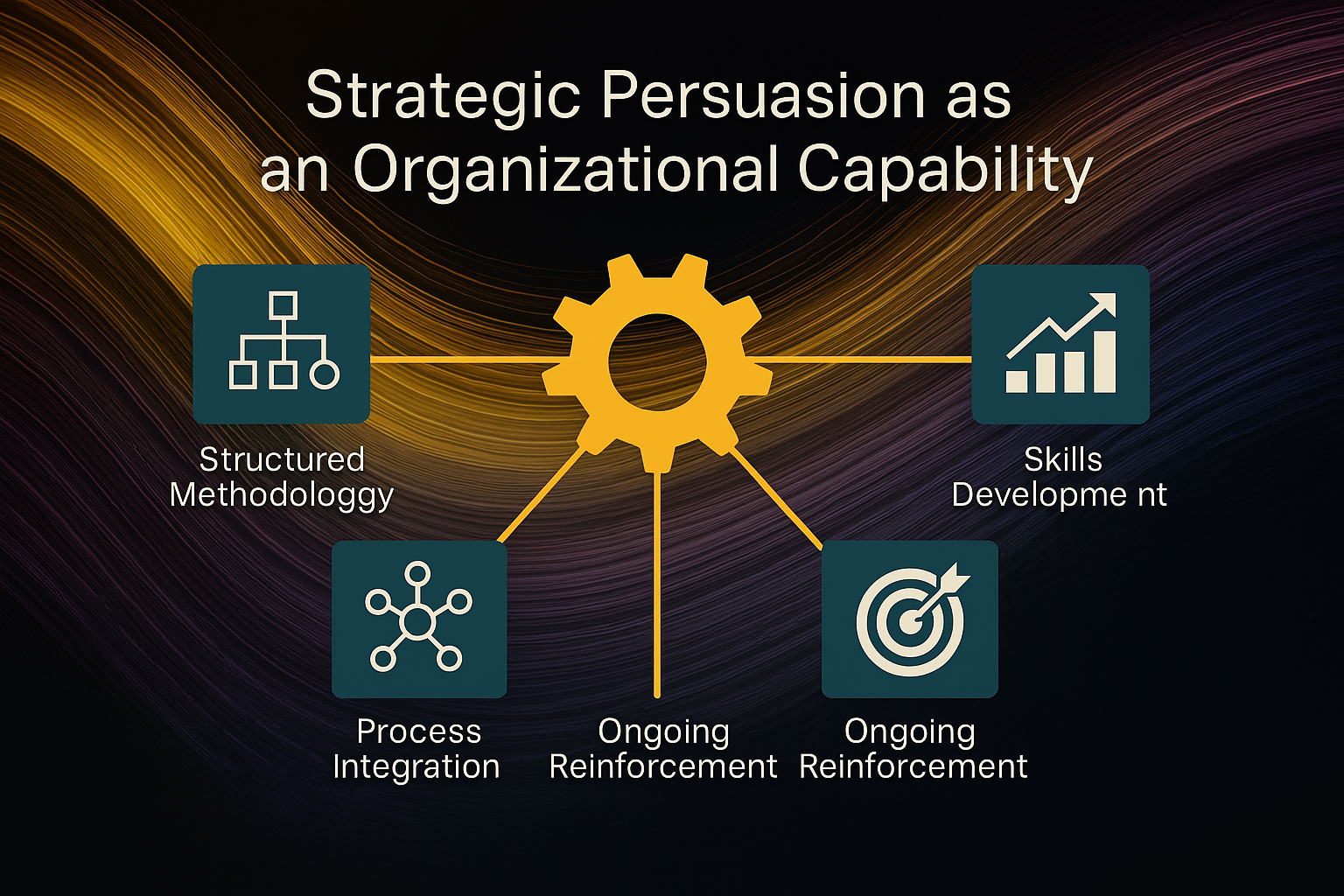In today’s complex business environment, most strategic initiatives face a common challenge: they require coordinated action from stakeholders with diverse priorities, perspectives, and interests. Whether launching a new product, implementing a digital transformation, or restructuring an organization, successful implementation depends on the ability to align multiple parties around common objectives despite competing priorities.
This makes strategic persuasion and influence—broadly defined as the ability to reach agreements that enable coordinated action—one of the most critical yet underappreciated implementation capabilities. Yet most organizations continue to view negotiation and influence narrowly as specialized functions relevant primarily to procurement, sales, or legal contexts rather than as core strategic capabilities essential for implementing strategic choices at every level.

Beyond Traditional Negotiation
Traditional approaches to negotiation often focus on extracting concessions or “winning” against counterparts. This transactional mindset may succeed in isolated exchanges but fails in the complex business environments where strategic implementation occurs.
Today’s business leaders need a more sophisticated approach to strategic persuasion that:
-
- Addresses stakeholder alignment as a strategic implementation priority
- Builds sustainable implementation commitment rather than mere agreement
- Creates value through collaborative problem-solving
- Manages complex stakeholder environments with multiple interests
- Enhances rather than damages critical relationships
The most successful implementation leaders approach strategic persuasion as a discipline rather than a tactical skill. They recognize that effective influence is about orchestrating alignment across organizational boundaries to enable coordinated action—whether with external partners or internal stakeholders.
The Implementation Dimension of Strategic Persuasion
When viewed through the lens of strategic implementation, the impact of effective persuasion extends far beyond traditional negotiation contexts. Research synthesized through StrideRock Synapse, our proprietary research and development platform, has identified several critical implementation dimensions where strategic persuasion capability directly impacts results:
Resource Allocation
Strategic initiatives require resources that are often already committed elsewhere in the organization. Implementation leaders must effectively negotiate the reallocation of people, budget, and attention toward strategic priorities—often across departmental boundaries with diverse interests.
Example Scenario
An executive at a manufacturing company demonstrated this skill when implementing a major digital transformation initiative. Rather than simply requesting resources from functional leaders, he engaged them in a structured dialogue about strategic priorities, demonstrating how the initiative would advance their specific interests while supporting overall company objectives. This strategic persuasion approach secured both resources and genuine commitment that proved critical during implementation challenges.
Cross-Functional Alignment
Strategic initiatives typically span multiple functional areas with different metrics, incentives, and priorities. Implementation requires aligning these diverse stakeholders to enable coordinated action that reinforces strategic choices.
Example Scenario
A product launch team effectively applied this approach when facing resistance from the operations department about timeline feasibility. Rather than escalating the conflict or forcing compliance, they engaged operations leaders in a structured problem-solving dialogue that addressed underlying concerns while maintaining strategic objectives. The resulting agreement included implementation supports that the product team hadn’t initially considered, ultimately enabling more successful strategic implementation.
Strategic Change Implementation
Implementing strategic change requires persuading stakeholders who may have vested interests in existing approaches or concerns about proposed changes. Effective implementation leaders recognize that sustainable change depends on addressing these interests rather than attempting to overcome them through authority.
Example Scenario
A healthcare organization demonstrated this principle when implementing a new electronic health record system. Rather than presenting the change as inevitable, leaders engaged physician groups in negotiation about implementation approaches, training resources, and workflow adjustments. This negotiated implementation not only reduced resistance but generated physician-led improvements to the rollout plan.
External Partnerships
Many strategic initiatives depend on external partners with their own objectives and constraints. Creating effective partnerships requires understanding these dimensions and aligning diverse interests around shared success.
Example Scenario
A technology company exemplified this approach when structuring a critical supplier relationship. Rather than focusing narrowly on price and delivery terms, they engaged in a comprehensive discussion of mutual strategic objectives, market challenges, and capability development opportunities. This persuasion-based approach resulted in a partnership structure that delivered substantially greater value than a traditional transactional approach.
The Science Behind Strategic Persuasion
Research from cognitive science and behavioral economics, synthesized through StrideRock Synapse, helps explain why traditional influence approaches often fail in complex business environments—and why a more strategic approach delivers superior results.

The Dual Processing Challenge
Studies on human cognition reveal that we process information through two distinct systems: our fast, intuitive “System 1” and our deliberate, analytical “System 2.” Under pressure—which characterizes most strategic implementation contexts—people default to System 1 responses, limiting their ability to understand complex situations, generate creative solutions, or recognize mutual interests.
The ADAPT methodology incorporates specific techniques for activating more deliberate thought processes, enhancing the quality of both analysis and decision-making during critical influence interactions.
The Psychological Dimension
Neuroscience research demonstrates that when people feel threatened or defensive—common reactions during difficult strategic conversations—their brains literally process information differently. The brain’s threat response system restricts creative thinking, reduces empathy, and narrows cognitive focus precisely when broader perspective is most needed.
The ADAPT methodology addresses these psychological dimensions through structured approaches that reduce threat responses and create conditions for productive dialogue—even in challenging strategic implementation contexts.
Core Skills for Strategic Persuasion
Based on both research and practical experience, synthesized through StrideRock Synapse, several core skills consistently differentiate effective strategic persuasion:
Interest-Based Preparation
Rather than focusing primarily on positions or demands, skilled influencers invest in understanding the underlying interests driving all stakeholders. This deeper preparation enables more creative solution development and more effective persuasion approaches.
Strategic Inquiry
Effective persuaders employ structured questioning techniques that activate analytical thinking and reveal critical information. Unlike general conversation, strategic inquiry deliberately guides attention toward productive areas of exploration while creating psychological safety for honest dialogue.
Perspective Validation
Research shows that acknowledging others’ perspectives—even without agreeing—reduces defensive responses and creates conditions for more productive problem-solving. Skilled influencers systematically validate counterpart perspectives to build psychological safety before attempting to influence or problem-solve.
Collaborative Problem-Solving
Rather than focusing narrowly on compromises between positions, effective persuaders create structured processes for exploring mutual interests and developing solutions that create value for all parties. This approach transforms potential conflicts into collaborative opportunities.
Implementation Planning
Distinguished influencers recognize that agreement without implementation yields no value. They systematically address implementation barriers, establish clear commitments, and create accountability mechanisms that ensure agreements translate into coordinated action that advances strategic objectives.

The ADAPT Methodology: A Structured Approach to Strategic Persuasion
The StrideRock ADAPT methodology provides a comprehensive framework for enhancing strategic persuasion effectiveness. Developed through StrideRock Synapse, this evidence-based approach integrates insights from negotiation research, cognitive science, and behavioral economics into a practical methodology for accelerating strategic implementation through more effective stakeholder engagement.
The methodology addresses the five phases critical to strategic persuasion success:
Assess
Strategic preparation through comprehensive situation analysis, interest mapping, and leverage identification. This phase establishes the foundation for effective influence through structured analysis of the strategic context, stakeholder landscape, and potential approaches.
Discover
Systematic information gathering using proprietary cognitive engagement techniques that activate analytical thinking and reveal critical insights. This phase employs specific questioning approaches that aim to overcome cognitive biases and uncover the information needed for effective influence.
Align
Creation of psychological safety and mutual understanding through emotional intelligence and perspective validation. This phase builds the psychological foundation for productive collaboration by addressing both rational and emotional dimensions of alignment.
Problem-Solve
Collaborative solution development using structured frameworks for value creation and mutual gains. This phase employs specific techniques for generating options, evaluating alternatives, and developing solutions that address underlying interests and strategic objectives.
Trust
Securing sustainable agreements through clarity, commitment, and relationship strengthening. This phase focuses on ensuring that agreements translate into coordinated action and lasting results through specific implementation planning and relationship management approaches.
Assess
Strategic preparation through comprehensive situation analysis, interest mapping, and leverage identification.
Discover
Systematic information gathering using proprietary cognitive engagement techniques that activate analytical thinking and reveal critical insights.
Align
Creation of psychological safety and mutual understanding through emotional intelligence and perspective validation.
Problem-Solve
Collaborative solution development using structured frameworks for value creation and mutual gains.
Trust
Securing sustainable agreements through clarity, commitment, and relationship strengthening.
Strategic Persuasion as an Organizational Capability
While individual persuasion skill remains important, organizations seeking consistent implementation excellence must develop strategic persuasion as a systematic organizational capability rather than relying on individual talent. This capability development includes:

Structured Methodology
Organizations with superior implementation develop consistent approaches to strategic persuasion that incorporate evidence-based practices, providing a common language and framework for diverse situations.
Skills Development
Beyond generic training, effective organizations invest in developing strategic persuasion capabilities tailored to specific roles and contexts, with emphasis on practical application rather than theoretical knowledge.
Process Integration
Leading organizations integrate persuasion methodology into key business processes such as strategic planning, project management, change initiatives, and partnership development.
Ongoing Reinforcement
Sustainable capability requires reinforcement mechanisms such as coaching, communities of practice, and integration with performance management systems.
Strategic Persuasion as Implementation Advantage
In today’s business environment, the ability to effectively influence across organizational boundaries has become a critical strategic advantage. Organizations that develop this capability systematically can implement more effectively, drive change more successfully, and create greater value through partnerships.
The most successful organizations recognize that strategic persuasion is not merely about “making deals”—it’s about orchestrating the complex human dimensions of strategic implementation. By developing this capability throughout their operations, they create a sustainable competitive advantage in translating strategic choices into exceptional results.
For those seeking to enhance implementation capability, investment in strategic persuasion skill development represents one of the highest-leverage opportunities available. It addresses a critical dimension of implementation that technological solutions cannot replicate and creates value across the full spectrum of strategic initiatives.
The question is not whether your organization engages in strategic persuasion—it’s whether you approach it as a disciplined methodology or leave this critical implementation factor to chance.




